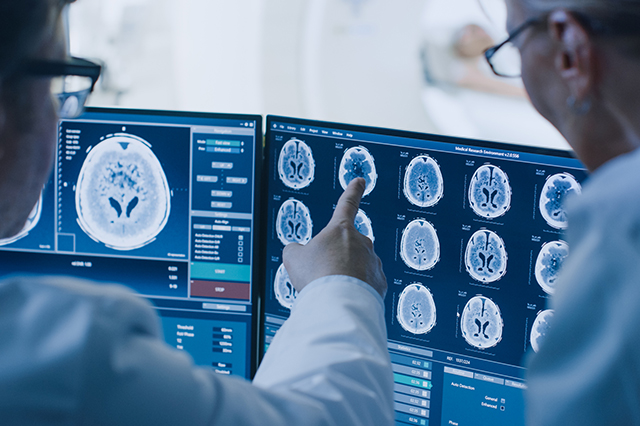Spasticity
Clinical Overview
Spasticity is a feature of various neurologic conditions due to the loss of inhibition of motor neurons. It clinically presents with a variable combination of paralysis, increased tendon reflex activity (hyperreflexia with brisk reflexes and a positive Babinski sign) and hypertonia (as opposed to rigidity seen as a characteristic feature of parkinsonism). Clonus (most commonly present in the ankle) may be present and presents as involuntary, rhythmic, muscular contractions and relaxations.
Pathophysiologically, the stretch reflex may play a key role in the imbalance between the excitatory and inhibitory inputs to α motor neurons.
Common causes of spasticity include developmental or acquired lesions of the pyramidal tract in the brain and/or spinal cord in the context of cerebral palsy, stroke, multiple sclerosis, trauma, and others.
View complete description
Spasticity is a common and significant cause of reduced quality of life and independence. Falls are one of the most important consequences (also see: gait disorders).
Evaluation and management of spasticity should focus first on excluding symptomatic causes. After correction of symptomatic causes, management is typically supportive but may include physical and occupational. Specific agents which may improve include GABA receptor agonists, e.g. baclofen or benzodiazepines, e.g. clonazepam, or ryanodine receptor anatagonists, e.g. dantrolene or botulinum toxin.
2016 Update Contributed by:
Susanne A. Schneider, MD
Consultant Neurologist
LMU University Hospital Muenchen
Munich, Germany









